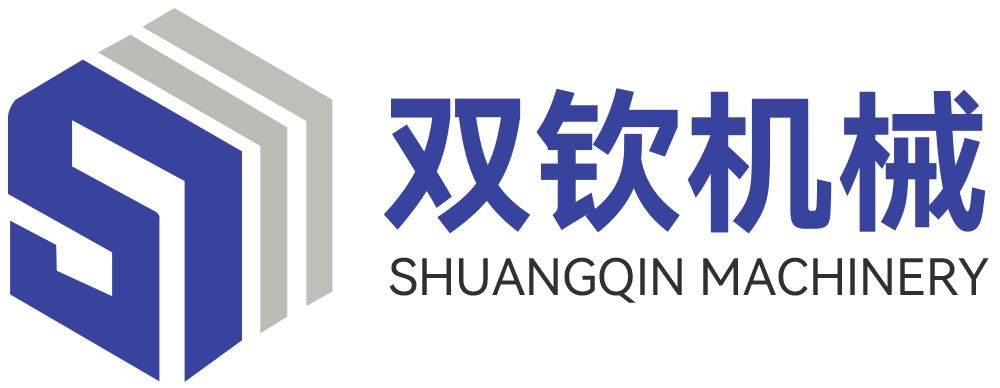Mechanical enterprises cultivate the market and optimize the product line of auxiliary machine accessories
Published Time:
2025-05-27
A renowned machinery company announced a comprehensive optimization and upgrade of its auxiliary equipment parts product line to better meet the diversified market demands. After in-depth market research, the company found that customers from different industries and of different scales have diverse needs in terms of the performance, specifications, and prices of auxiliary equipment parts. To this end, the company has increased its R&D investment and developed a series of targeted auxiliary equipment parts products for market segments. In terms of performance, it has launched parts with various characteristics such as high wear resistance, high temperature resistance, and corrosion resistance to adapt to different working conditions; in terms of specifications, it provides a wide range of size options to meet the adaptation needs of various equipment; and in terms of price, through the optimization of production processes and supply chain management, it has created product lines with different price ranges (high, medium, and low) so that customers can choose flexibly according to their own budgets. This product line optimization has made the company more competitive in the market, further consolidating its position in the auxiliary equipment parts field and providing customers with a more comprehensive and higher-quality selection of products and services.

In today's highly competitive market, businesses must accurately grasp customer needs and continuously optimize their products and services to stand out. The renowned machinery company understands this well and recently conducted a comprehensive optimization and upgrade of its auxiliary equipment parts product line, aiming to better meet diverse market demands and enhance its competitiveness in the industry.
Market research formed the basis and prerequisite for this product line optimization. The company organized a professional market research team to conduct on-site visits and surveys at companies of various scales and across different industries. Through the collection and analysis of a large amount of primary data, it was discovered that market demand for auxiliary equipment parts exhibits significant diversification. Due to differences in production processes and working environments, different industries have varying performance requirements for auxiliary equipment parts. For example, in the mining industry, equipment is often in harsh working environments, facing high wear and tear and high impact conditions, thus requiring extremely high wear resistance and strength from the parts; while in the food and pharmaceutical industries, due to strict hygiene and safety standards, parts need to have good corrosion resistance and not contaminate products. In addition, companies of different sizes have different focuses when purchasing auxiliary equipment parts. Large companies usually place more emphasis on product performance and quality stability, willing to pay higher prices for high-quality parts; while small and medium-sized enterprises are more price-sensitive, prioritizing cost-effectiveness while ensuring certain performance. Customer needs for part specifications are also diverse, with different brands and models of equipment often requiring parts of different sizes.
In response to the diversified needs revealed by market research, the company decisively increased R&D investment and established several professional R&D teams to tackle different market segments. In terms of performance improvement, the R&D team, through the adoption of new materials and advanced manufacturing processes, successfully developed a series of auxiliary equipment parts with special properties. For example, for high-wear conditions, high-wear-resistant parts made of special alloy materials were developed, with a service life several times longer than traditional parts; for high-temperature environments, parts capable of withstanding high temperatures while maintaining good mechanical properties were developed, effectively solving the problem of equipment instability in high-temperature environments; in terms of corrosion resistance, advanced surface treatment technology was used to form a dense protective film on the surface of the parts, greatly improving their corrosion resistance and meeting the stringent requirements of the food and pharmaceutical industries.
In terms of specifications, the company carefully considered the adaptation needs of various equipment and carefully designed a rich range of sizes. From large industrial equipment to small precision instruments, suitable auxiliary equipment parts can be found in the company's product line. Whether it is standard specifications or customized specifications, the company can quickly respond to customer needs and provide precisely matched products. This diverse range of specifications provides customers with great convenience, avoiding equipment malfunctions or production delays due to mismatched part specifications.
Pricing strategy was also an important aspect of this product line optimization. To meet the budget needs of different customers, the company optimized its production processes and supply chain management, starting with reducing production costs to create product lines at high, medium, and low price points. In the high-end product area, the company, with its superior performance and quality, provides a high-quality choice for customers pursuing ultimate performance and reliability; in the mid-range product area, it focuses on cost-effectiveness, ensuring certain performance while reasonably controlling prices to meet the daily needs of most customers; while low-end products are marketed as economical and practical, providing practical solutions for small and medium-sized enterprises with limited budgets. Through this differentiated pricing strategy, the company successfully covered a wider range of customer groups, allowing customers with different budgets to find suitable products from the company.
This optimization and upgrade of the auxiliary equipment parts product line has given the company a significant advantage in market competition. On the one hand, the wide variety of product choices has attracted more customer attention; both new and existing customers can find products that meet their needs from the company, further expanding market share; on the other hand, by precisely meeting customer needs, customer satisfaction and loyalty have been improved, establishing a good brand image for the company. A relevant company official stated: "We will always be customer-oriented and continuously optimize our products and services. In the future, we will continue to increase our investment in R&D and innovation, continuously launching more new products that meet market demand, creating greater value for customers, and consolidating our leading position in the auxiliary equipment parts field."
With the increasingly fierce market competition, this move by the company undoubtedly provides valuable reference for other companies in the industry. Only by deeply understanding customer needs and continuously optimizing products and services can one remain invincible in the market and achieve sustainable development.
Related News

